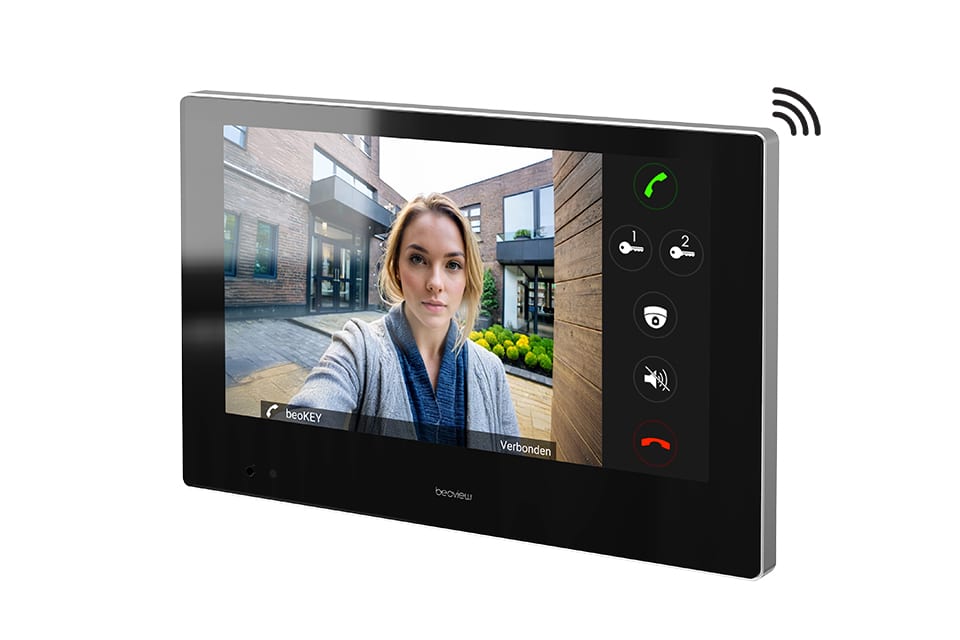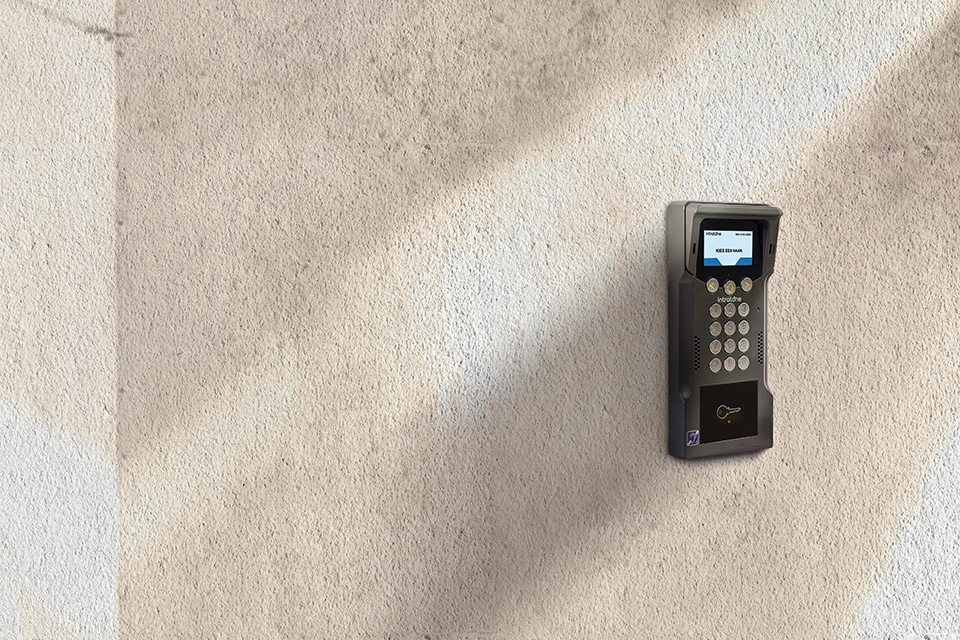
Office plumbing: a new reality
As we reach a new phase in the exit strategy from the coronavirus crisis, employees are returning to the office full or part time. Do office sanitation facilities still meet the expectations of those employees? Indeed, we note that new habits have emerged, mindsets have changed and new rules are being imposed. More than ever, the installation of sanitary facilities, with numerous functionalities adapted to the public space, is essential.

Operation without manual contact optimizes hygiene
(New) rules
In the current context of a pandemic, maximum hygiene has become an absolute requirement. Regarding the sanitary area, for example, extra attention must be paid to the door handles that give access to that area, the tap of the handwashing point, the shower faucet, the tangs on the shower door, the handle of the individual toilet and the flush knob of the toilet. For cleaning frequency, the number of users of these facilities should be considered. Drinking water companies also recommend continuing to properly implement the legionella prevention plan. Companies without a (mandatory) legionella prevention plan are also advised to flush pipes properly before putting them back into use. This can be done by briefly opening all taps and letting the water flow quietly for a minute. Above all, the most important advice is to enter and use the workplace only after thoroughly washing or disinfecting hands.
With self-closing mechanical or electronic basin faucets, we optimize hygiene by eliminating manual contact with the faucet after rinsing the hands. Thus, any bacteria or viruses present on the handles are not re-transmitted to the hands. Because manual flushing of the system is labor intensive and costly, especially in larger systems, electronic faucets also offer a great advantage here: they have an automatic antibacterial periodic flush that eliminates this manual flushing. This antibacterial periodic flush activates when the faucet is not used for 24 hours, preventing stagnation of water in the faucet and piping.

Operation without manual contact optimizes hygiene
New habits
As the importance of hand hygiene is extensively stressed, today we wash our hands an average of 12 times a day. Traditional sink faucets have a consumption of 9 liters per minute. If hand washing takes 32 seconds, including wetting, soaping and rinsing, and the faucet remains running while doing so, the total consumption is 4.8 liters per use*. The impact of washing hands more frequently on water consumption is significant ... rising from 24 liters to 57.6 liters per person per day*.
For ecological reasons, we need to limit this increased water consumption. Compared to a traditional sink faucet, water savings are optimized with DELABIE's self-closing mechanical or electronic faucets. They allow the owner to optimize the water bill without sacrificing user comfort. The faucet closes automatically after 7 seconds (mechanical models) or after removing the hands from the detection zone (sensor-controlled models) and has a limited flow rate of 3 liters per minute at 3 bar. The user can therefore wet their hands, apply the soap and rinse off without the faucet running continuously. With a DELABIE electronic faucet, water consumption drops to 0.6 liters per use, a reduction of nearly 90%*.

Reliable, durable and easy to operate
New mindset
In many companies today, employees still work part-time or full-time from home. After weeks away, the barrier to returning to the office is high for some employees. They hope to catch up in the workplace, hone their skills, tap into their creativity and, above all, feel comfortable and safe. It may sound odd, but sanitation facilities also play an important role in this experience of comfort and safety. After all, users expect plumbing that is not only clean and accessible, but also a place where they can unwind and feel comfortable.
A smart product choice can help in this regard: both faucets and accessories should have a sleek design with minimal connections to prevent dirt and bacteria from accumulating. Models with a simple one-piece design have a clear hygiene advantage over complex designs.
Plumbing in the workplace requires accessories that can withstand regular cleaning and are durable and reliable. Its non-porous, smooth surface and bacteriostatic properties make stainless steel the ideal material for sanitary fixtures. This is because it is easy to clean, using less detergent, and after cleaning, the retention rate of bacteria, germs and dirt is up to 20 times lower than other materials such as glass or plastic.
Hygiene is likely to remain firmly on the public health agenda. In the fight against the spread of germs and bacteria, hand washing and disinfection is an essential weapon. Employers must have solutions to provide their employees with comfortable, hygienic, water-saving and reliable plumbing. At the Delabie website numerous targeted solutions are offered.
*Calculating water consumption per person per day
| Flow rate | Wet | Soaping | Coils | Water consumption at a time | Water consumption per day per person |
| Traditional faucet 9 l/min | 5 sec. | 20 sec. | 7 sec. | 4.8L
(32 sec.) |
4.8L x 5 uses = 24L
4.8L x 12 uses = 57.6L |
| Electronic faucet 3 l/min | 5 sec. | 7 sec. | 0.6L
(12 sec.) |
0.6L x 5 uses = 3L
0.6L x 12 uses = 7.2L |
Heeft u vragen over dit artikel, project of product?
Neem dan rechtstreeks contact op met Delabie.
 Contact opnemen
Contact opnemen




